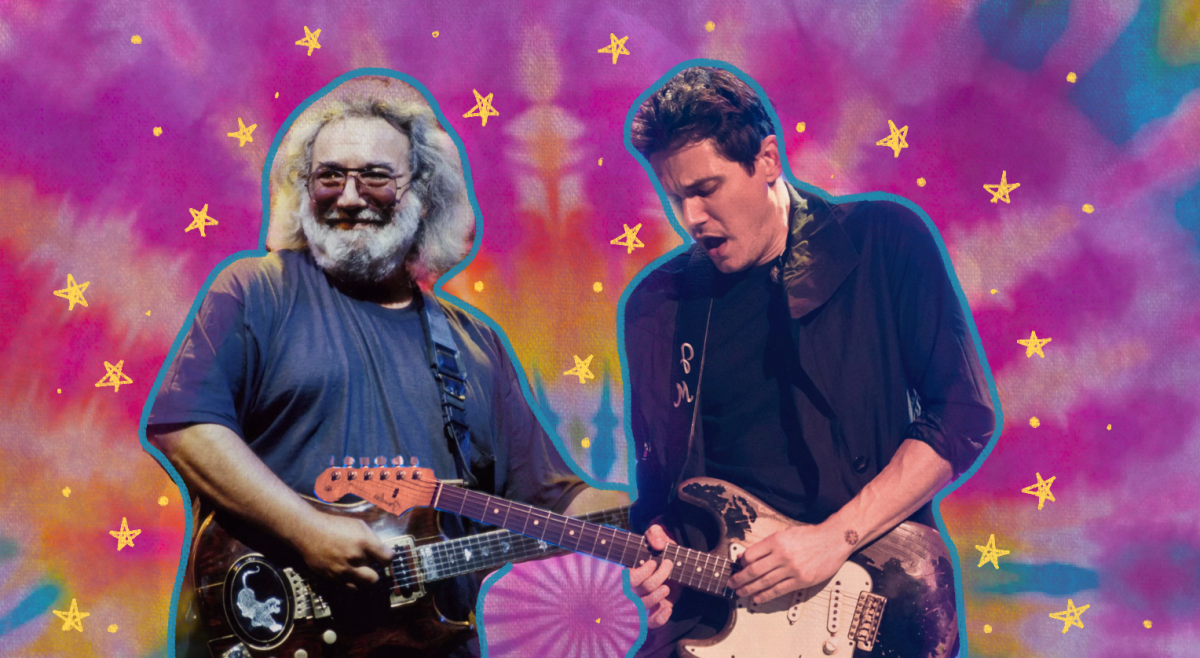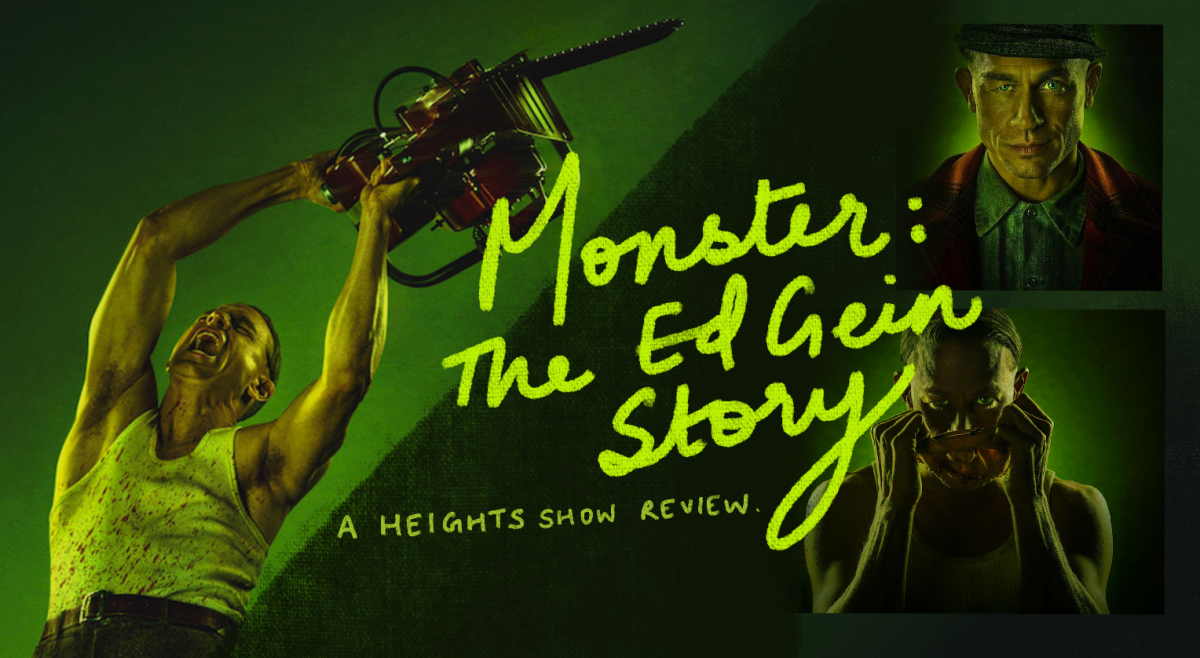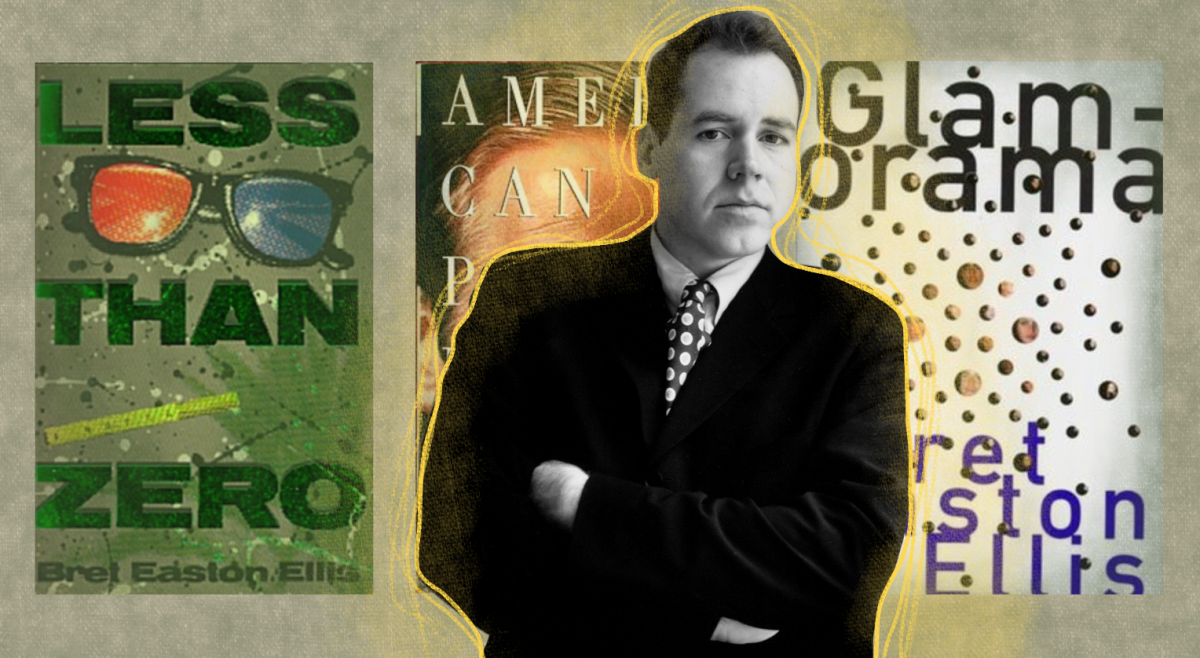On March 1, 1973, Pink Floyd released its concept album The Dark Side of the Moon, which soon after would be known as one of the greatest and most influential albums of all time. The Dark Side of the Moon’s unique style quickly became incorporated into both mainstream and alternative rock while the ’70s music scene found its sound. Fifty years since the album’s release, Pink Floyd’s revolutionary focus on conceptual releases continues to be lasting, giving way to new genres of electronic and neo-psychedelic music.
Generation after generation is turned on to Pink Floyd’s alternative sound and abstract lyricism. Most recently, “The Great Gig in the Sky” became a very popular sound on TikTok, harnessing over 232 million listens on the app alone.
Pink Floyd’s esoteric and existential lyrics tackle universal themes of life’s great absurdity—its music highlights how humans are simultaneously so isolated and together.
I first listened to The Dark Side of the Moon when I was 10 in fourth grade. For someone who grew up on Five Seconds of Summer and Linkin Park, I saw Pink Floyd as incredibly abstract and at times incomprehensible. But soon I found that once the band clicks, it is hard not to find a depth of enjoyment in hearing the message it has to share.
The Dark Side of the Moon begins with “Speak to Me,” a percussive heartbeat set to the sound of clocks, cash registers, and hysterical laughter. The sound effects come to a peak, leading Pink Floyd to smoothly transition into the second track “Breathe (In the Air).” The first minute of instrumentals sets up what I believe to be one of the best lines in music history.
“Dig that hole, forget the sun / When at last the work is done / Don’t sit down it’s time to dig another one,” vocalist David Gilmour sings.
The tone of “Breathe” is both airy and wistful. Like the rest of the album, the setting of the song is vague and contained to short non-sequiturs, appealing to the imagination of the listener. The entrancing guitar sequence repeats, driving the listener up from the ground and floating them into the first story in this concept album’s anthology.
The Dark Side of the Moon is composed of several loosely tied stories that track people’s life experiences, each song leading into one another.
Throughout this album, Pink Floyd shows off its ability to cleverly mix blues with electronic, experimental rock. Quickly within the first few lines of “Breathe (In the Air),” the band reveals the album’s themes of life’s absurdity and lack of clear meaning. Pink Floyd’s lyrics, if concentrated on too deeply, reveal feelings of despair towards the endless cycle of memories, laughter, and torment.
Pink Floyd’s slow-paced tempo and slide guitar technique in the backdrop of the track can feel uneasy to some, yet calm to others.
Instrumental piece “On the Run” shows off the album’s height of experimentation. The interlude is full of quick distorted, dissonant synths, similar to that of old arcade games and pinball machines. “On the Run” is as confusing, stimulating, quick-paced, and emotional as the title of the track would suggest.
My favorite track on The Dark Side of the Moon immediately follows—the beloved “Time.” Bassist and Pink Floyd founder Roger Waters wrote it about his experience in dealing with the passage of time and his views on how to spend the rest of it. The track’s verses simply alternate between four chords, however, several layers of instruments and Gilmour’s leading voice adds rich depth to the song.
“Time” sets itself apart with a more accessible, catchy tune, replete with several crescendos and releases during the chorus. The nearly seven-minute track takes listeners on a time-lapsed reflection of their lives, as if they were watching themselves as a fly on the wall. It faces head on how short life is and reminds listeners to take comfort in the things that make us feel like home.
“When I come home cold and tired / It’s good to warm my bones beside the fire / Far away across the field / The tolling of the iron bell / Calls the faithful to their knees / To hear the softly spoken magic spells,” Gilmour sings.
Waters’ last verse may be interpreted as a revealed sense of comfort that people find in religion—the one escape from the idea of nothingness after death.
Fifty years later, Pink Floyd has no need to prove the legacy that it’s had across genres. The longevity of Pink Floyd continues to resurface and remind the music industry of the grip it still maintains over experimental music. Branded over and over again across decades as avant-garde, psychedelic, electronic, classic ’70s rock, it still remains hard to determine what singular qualities enshrine them in music’s hall of fame.
The band stood out as a cultural force, openly fighting for equality, ardently anti-war, and critics of the advancements of modern society. Waters is continually staunch in his activism and controversial outspokenness about hegemonic ideologies in the United Kingdom, United States, and across the world. Pink Floyd took the psychedelic themes of a fluid existence and tuned it to the sound of their entrancing guitars.
Those who have never listened to a single Pink Floyd song can still recognize the album cover’s art. Design studio Hipgnosis’ prism image is one of the most recognizable icons in modern music history.
The Dark Side of the Moon, and all of its bells and whistles, literally, managed to captivate generations of people across the world. It is one of the top selling albums, rivaling those of Michael Jackson, the Eagles, and AC/DC. This feat is made even more special because of its stark contrast to what is normally interpreted as mainstream music.
The music is melancholic, dreamlike, ridiculous, and drug-filled at times. Yet, The Dark Side of the Moon invites people from all different stages of their lives to a distinct musical style that can not be pinpointed to one particular era or corner of the earth.
It is hard not to appreciate Pink Floyd even if it is not on your normal music rotation. With its popularity and pioneering success, it is difficult to find a piece of music now that has no relation to the legacy of the rock legends. As odd as the music may seem, Pink Floyd is not a band from out of this world. In fact, Waters, Gilmour, Rick Wright, and Nick Mason proved repeatedly in The Dark Side of the Moon that they are bound to the same hopes, dreams, and fears as all of us.
For all of us who are trying to leave a unique mark in our work, societies, personal lives, or the music industry, Pink Floyd is still here after 50 years to remind us:
“If the cloud bursts thunder in your ear / You shout and no one seems to hear / And if the band you’re in starts playing different tunes / I’ll see you on the dark side of the moon.”













